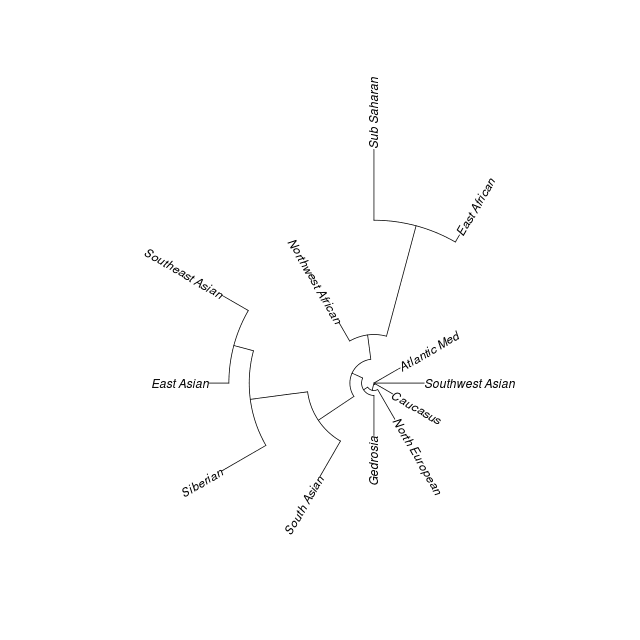LeBrok
Elite member
- Messages
- 10,261
- Reaction score
- 1,617
- Points
- 0
- Location
- Calgary
- Ethnic group
- Citizen of the world
- Y-DNA haplogroup
- R1b Z2109
- mtDNA haplogroup
- H1c
Go ahead and PM Maciamo, only he can solve this problem.I have not the time to answer about the whole question here, I'll try to do it after - and I want not to seem focalizing only about metrics anthropology -
BUT 'Cro-Magnon' WAS NOT BRACHYCEPHALIC / he was DOLICHO-MESOCEPHALIC!!! I would be glad to can post you some pictures but I can no more post pictures on this forum for an unkown reason (I had a lot of pictures to illustrate some of my posts...) - AND bORREBY IS NEVER ROUND FACED: the true ones are SQUARE FACED showing some links with Cro-Magnon...
Last edited:



